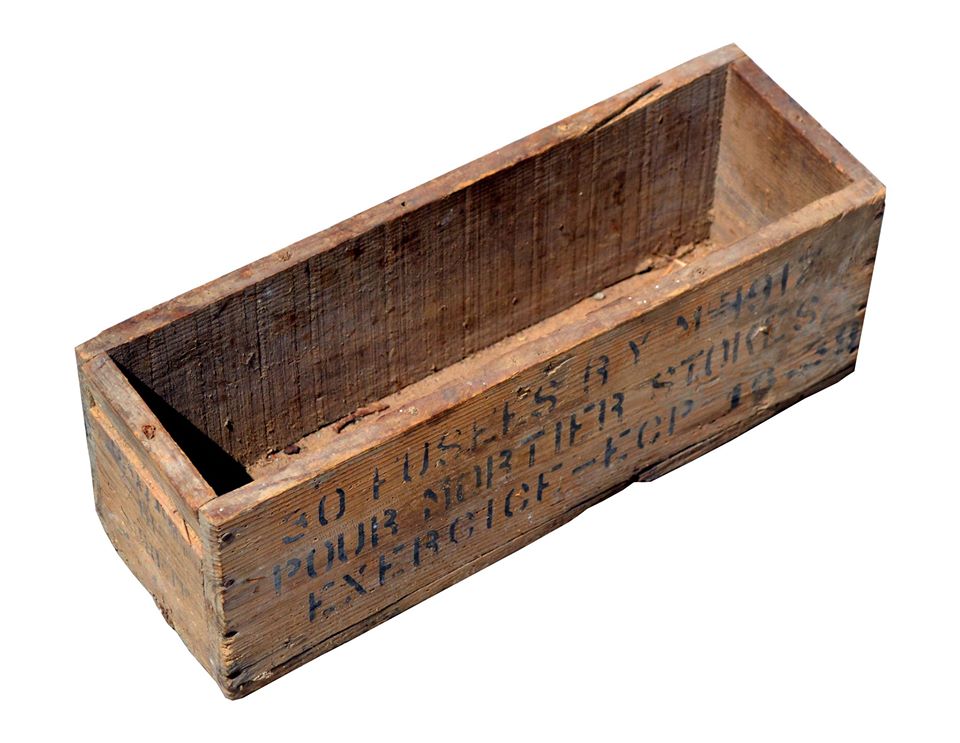The Stokes Mortar was invented during World War One by Wilfred Stokes. It was the first modern mortar, as we know them, although it took a French engineer, Eugene Brandt, to complete its development; all modern mortars are now based on the enhanced work of Brandt. Ironically, the Brandt system would be used by all sides during World War Two. During the Great War, the French purchased a number of the Stokes-type mortars from the British. Following the advent of the Brandt system, these Stokes mortars remained in service; although they were now relegated to second- and third-line troops to use.

On 15th June 1940 the Germans launched Operation Kleiner Baer. Simultaneously they began to probe the rear of the main section of the Maginot Line. Both the main section and the casemates along the Rhine had long been stripped of their additional interval troops, leaving only those of the immediate fortress regiments to man the lesser fortifications and defensive works..
 Photo of Lembach taken from the Maginot Fortress of Four a Chaux. For photo credit click image.
Photo of Lembach taken from the Maginot Fortress of Four a Chaux. For photo credit click image.

On 15th June 1940 the Germans launched Operation Kleiner Baer. Simultaneously they began to probe the rear of the main section of the Maginot Line. Both the main section and the casemates along the Rhine had long been stripped of their additional interval troops, leaving only those of the immediate fortress regiments to man the lesser fortifications and defensive works..
 Photo of Lembach taken from the Maginot Fortress of Four a Chaux. For photo credit click image.
Photo of Lembach taken from the Maginot Fortress of Four a Chaux. For photo credit click image.This box was found near the town of Lembach and would have been abandoned during the fighting around this time.
